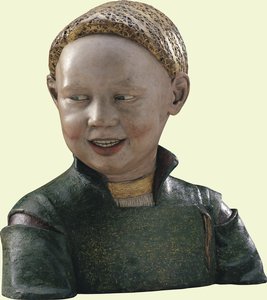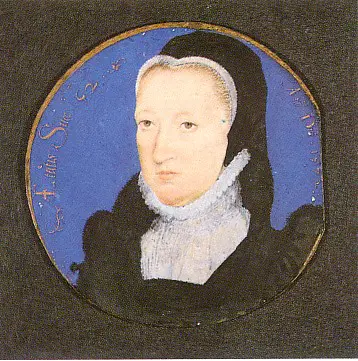 Here in my area of rural Spain, the feast of St John, or San Juan as he is called here, is a special time. People gather on the night of 23rd at our local natural thermal pool and at midnight they all jump in (or get pushed in!). Like the baptisms that John the Baptist did, this is seen as symbolising the washing away of sins. Then, sardines are cooked on open fires. In coastal areas, sardines are cooked on bonfires on the beach, people jump over the fires for luck and then run into the sea at midnight.
Here in my area of rural Spain, the feast of St John, or San Juan as he is called here, is a special time. People gather on the night of 23rd at our local natural thermal pool and at midnight they all jump in (or get pushed in!). Like the baptisms that John the Baptist did, this is seen as symbolising the washing away of sins. Then, sardines are cooked on open fires. In coastal areas, sardines are cooked on bonfires on the beach, people jump over the fires for luck and then run into the sea at midnight.
The Feast of St John the Baptist was also an important celebration in medieval and Tudor England, coinciding with Midsummer, the pagan celebration of the summer solstice. It was a time when it was believed that the fairy folk were abroad and humans could be magical. Just as in Spain today, fire was at the heart of the celebrations and people back then would also jump through the fires to bring good luck. It was also believed that evil spirits were roaming free and that the fires warded them off. The actual evil that was around at this time was disease, brought by fleas and mosquitoes which bred at this time of year and which spread malaria and the Plague. One fire that was lit at this time was the “bone fire”, or bonfire, which was made up of bones. Its pungent smell was believed to ward off evil and scare off dragons. Fire could also be used to predict the farmer’s fortune. A cartwheel was wrapped in straw, set alight and then rolled down a hill. If it was still burning when it got to the bottom then the farmer would have a good harvest.
There was also plenty of dancing, drinking of ale and socialising, as there is today in my community.
Unfortunately, the Midsummer bonfires were seen as superstitious by religious reformers and so were eventually stopped.
Midsummer was also the time for haymaking and other midsummer traditions include decorating churches with birch boughs, decorating houses with greenery, and processions and parades. It was also a time linked with love divination. These divinations included girls throwing hemp seed over their shoulders to see the form of their future husband and girls sticking orpine flowers up in the joist of buildings in pairs, one to symbolise the man and the other the woman. "Accordingly as the orpine did incline to, or recline from ye other, that there would be love, or aversion; if either did wither, death." (John Aubrey, 1686, quoted in Steve Roud's book).
This article is an extract from the June Feast Days section of Tudor Life Magazine, June 2016.
Picture: A Cornish hilltop bonfire on Midsummer's eve, wikipedia.
Sources and Further Reading
- Roud, Steve (2006) The English Year, Penguin.
- Hutton, Ronald (2001) The Stations Of The Sun: A History of the Ritual Year in Britain, Oxford University Press.
- Tudor Monastery Farm, TV series, BBC2, 2013.




I could do without the sardines!
Same here!
Here in the Merry England all over the country they still go pretty potty on 24th with dancing, dressing up, the sun dance, sword dance in Scotland, fires, beer and pageantry. The festival starts on the Solstice, which is now, to the Eve of Midsummer. Happy feasting.
I love that some of these traditions, dating back many hundreds of years, are still going today.